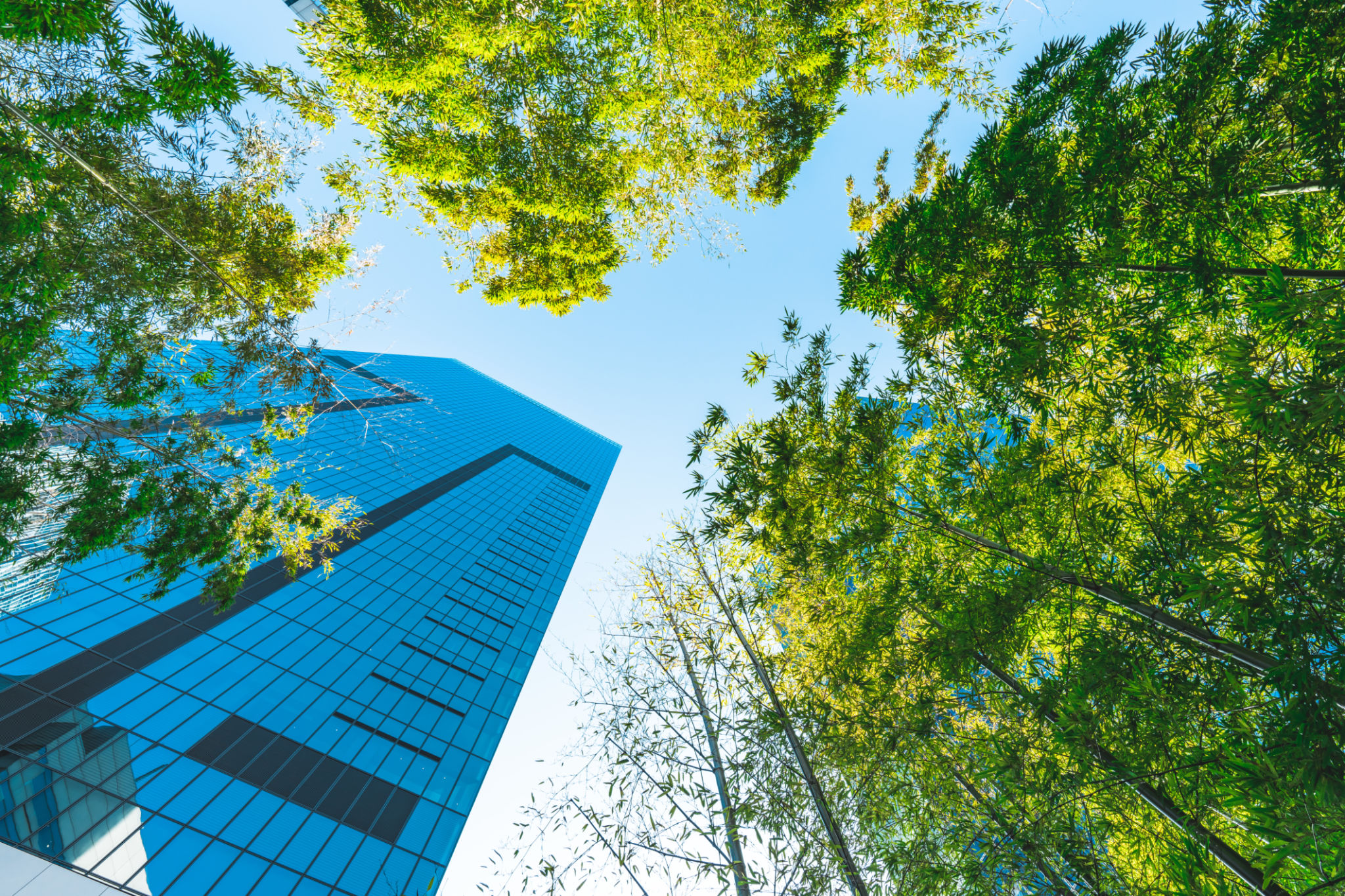The Art of Industrial Design: Transforming Ideas into Reality
Understanding the Essence of Industrial Design
Industrial design is a fascinating field where creativity meets functionality, transforming abstract concepts into practical, tangible products. This discipline involves a blend of art, science, and business acumen to create products that not only look appealing but also solve real-world problems. The process demands an in-depth understanding of user needs, market trends, and technological advancements to deliver solutions that enhance everyday life.
The journey from a mere idea to a well-crafted product is a multi-step process that requires meticulous attention to detail. Designers must consider materials, manufacturing processes, and sustainability while maintaining the product's aesthetic appeal. This integration of form and function is what sets industrial design apart from other creative fields.

The Process of Bringing Ideas to Life
Research and Ideation
Every successful industrial design project begins with extensive research and ideation. Designers gather insights about user needs, existing products, and market gaps. This phase is crucial as it lays the foundation for innovative designs that are both user-friendly and commercially viable.
Once the research is complete, the ideation process kicks in. Here, designers brainstorm various concepts and sketch initial designs. It's a collaborative phase where creativity flows freely, leading to a plethora of ideas that can be refined and developed further.

Prototyping and Testing
After settling on a promising concept, designers move on to prototyping. This step involves creating physical or digital models to test the product's functionality and aesthetics. Prototypes help in identifying potential flaws and areas for improvement before moving to mass production.
Testing is an integral part of the prototyping phase. Designers evaluate the prototype's performance, usability, and durability under real-world conditions. This feedback loop is essential for refining the design and ensuring that the final product meets user expectations.

The Role of Technology in Industrial Design
Technology plays a pivotal role in modern industrial design. Advanced tools like computer-aided design (CAD) software enable designers to create detailed 3D models with precision. These tools allow for easy modifications and iterations, speeding up the design process significantly.
Furthermore, technologies such as 3D printing have revolutionized prototyping by enabling rapid production of prototypes at lower costs. This innovation empowers designers to experiment with different materials and complex geometries that were previously difficult or impossible to achieve.
Sustainability in Design
As environmental concerns grow, sustainability has become a critical aspect of industrial design. Designers are increasingly focusing on creating eco-friendly products by using sustainable materials and minimizing waste during production. The goal is to strike a balance between meeting consumer needs and preserving natural resources for future generations.
Sustainable design practices not only benefit the environment but also enhance brand reputation and appeal to eco-conscious consumers. By embracing sustainable methods, companies can differentiate themselves in a competitive market while contributing positively to the planet.

The Future of Industrial Design
The future of industrial design looks promising with continuous advancements in technology and an increasing emphasis on user-centered design. As industries evolve, designers will need to adapt to new challenges and opportunities, pushing the boundaries of innovation even further.
From smart products that integrate IoT technology to personalized designs tailored to individual preferences, the possibilities are endless. By staying at the forefront of technological trends and maintaining a focus on sustainability, industrial designers will continue to shape the world around us for years to come.
